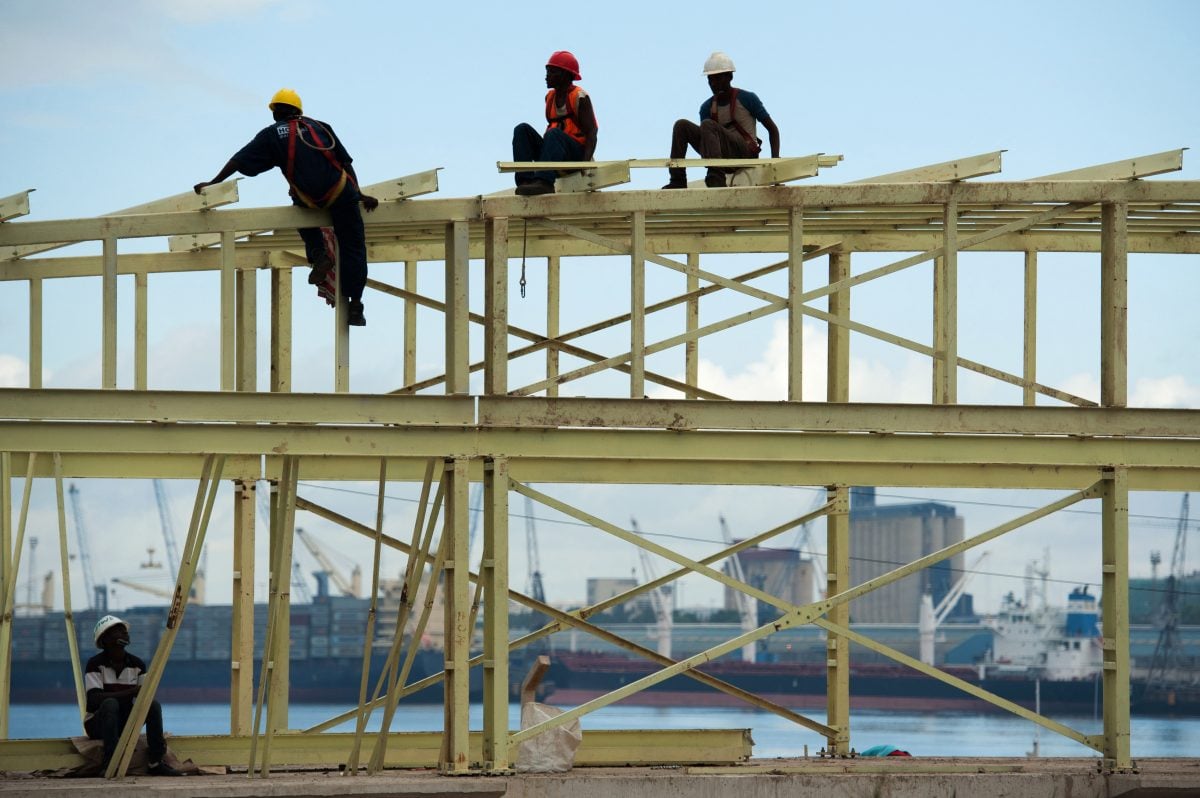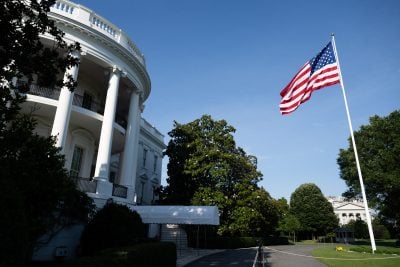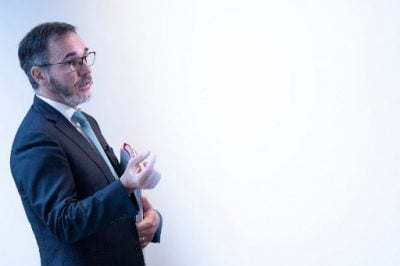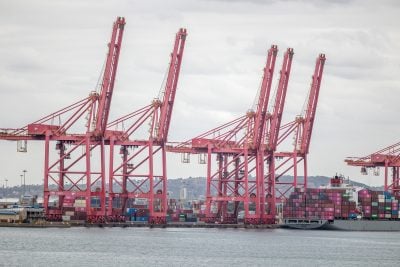Expanding Africa’s investor baseJapan’s Mitsubishi UFJ Financial Group – better known as MUFG – is one of the giants of the banking world. It took its modern form in 2005 following a series of mergers that made the group the largest financial institution in Japan, but traces its origins to the nineteenth century. And the bank has expanded well beyond Japan’s shores, having established a worldwide presence.
In Africa, a key focus for MUFG is its work with sovereign funds and development finance institutions.
“For the sovereigns especially, we focus on arranging long tenor financing for a range of their infrastructure requirements,” says Ankit Khandelwal, MUFG’s head of Africa for sovereigns, development finance institutions (DFIs) and blended finance. “And this is where our blended finance platform is the key catalyst for us to do a lot of the transactions.”
The blended finance approach involves establishing fund structures in which some investors – typically DFIs or other providers of concessional finance – contribute “first loss capital”. Fully commercial investors can then invest in the same investment fund while bearing less risk.
In Africa, MUFG’s blended finance platform seems to illustrate the potential of this approach. “We started this in 2018. And over the last seven years now, we’ve raised around €7bn ($8bn) in financing for a range of infrastructure projects or sovereign financing,” says Khandelwal. “In each one of those transactions, we’ve brought in new sources of liquidity. So, from a government’s perspective, they’re getting competitive financing, long tenor, but strategically they’re also getting new investors who traditionally would not lend to one of these sovereigns.”
Expanding Africa’s investment pool
The blended finance approach can be helpful in expanding the pool of investors willing to take a bet on Africa. “In the larger transactions, where we are looking to syndicate, our intention is to bring in non-bank liquidity,” Khandelwal explains. He points out that building a road requires loans extending over up to 20 years – far longer than would typically be available from a bank. This makes it vital to bring in longer-term investors, such as pension funds.
“We, as a global powerhouse, with a global distribution platform, aim to bring in investors who haven’t traditionally focused on Africa from a risk profile perspective. And the way we bring them in is to credit enhance the transaction to meet their risk criteria, which allows them to deploy long tenor financing for these projects.”
This means, in practice, that MUFG typically includes risk mitigation structures in the transactions it arranges, usually through working with multilateral institutions such as the World Bank or the African Development Bank, or export credit agencies (ECAs) such as UK Export Finance or Japan’s Nippon Export and Investment Insurance.
“I think there’s a lot more interest from investors who want to deploy their liquidity in assets that are developmental in nature, but also meet their risk criteria,” Khandelwal says.
“And as we’ve worked with more investors, we understand better what they’re looking for, and we’ve managed to use that information to engage with the multilateral stakeholders and the ECA stakeholders to fine tune the policies to attract more liquidity. It’s an iterative process.”
Japanese investment
Although MUFG works with investors globally, it is naturally well-positioned in the Japanese market. Khandelwal says that there is substantial interest among Japanese investors around opportunities in Africa.
“We’ve done a couple of transactions that were fully distributed in Japan. And this is not a new phenomenon,” he says. “Japanese investors are looking at broadening the jurisdictions they go into, and as we see more Japanese corporates, more Japanese government support for transactions on the continent, you’ll see a lot more Japanese investors following them.”
Khandelwal says that MUFG has engaged proactively with Japanese investors to educate them about opportunities and risks in African markets. And while Japanese investors are often perceived as being highly conservative, Khandelwal believes they are not inherently more risk averse than institutional investors from other countries.
“As people get more familiar with the actual risk profile on offer, they get more comfortable,” he says. “The barriers that we assumed we would face, whether it’s for Japanese investors or non-Japanese, were very similar in terms of the risk perception of Africa, especially when you’re talking about pension funds and insurance companies from the UK or Europe investing in those markets.”
Engaging with investors and educating them on the risk-reward equation in Africa has brought progress, he says. “There’s still a lot of work to do – by no means are we anywhere close to where we want to be, but at least the momentum has certainly increased a lot for Japanese debt investors.”
Future challenges
The current macroeconomic environment, both in Africa and globally, is of course highly uncertain at present, not least due to US tariff policies that have thrown markets into chaos.
“The current market volatility, which is really trade related, doesn’t have huge implications for our strategy,” he says, while acknowledging that the timing of transactions could be impacted by volatility. “What our clients, both sovereigns and the corporate clients who are active in Africa, are looking for
from us is to provide long term financing for their long-term projects. So the current market volatility will not have huge implications in terms of their rollout of the projects.”
He does add, though, that the likelihood of a drastic decline in official development assistance to Africa – with the Trump administration gutting the US Agency for International Development (USAID) and other important donor nations also reprioritising aid spending – means the private sector needs to take a greater role in confronting development challenges.
“There’s clearly an opportunity for the private sector, with the support of the public sector, to help fill part of the financing gap and the infrastructure gap,” he says. “Our blended finance platform is one of the solutions to help navigate that.”
During the pandemic MUFG arranged a $520m loan facility for Afreximbank, which used the proceeds for trade-related investments that helped mitigate Covid-19’s economic impacts. This was followed with a second facility in March 2022 that was designed to help fund the Covid vaccine rollout in Africa.
Khandelwal believes there could be similar arrangements in the future. “The format may be slightly different – the Afreximbank transaction was a response to the situation we were in at the time – but ultimately, the narrative is still to support countries where they need to invest in the social infrastructure that is needed on the continent.”
In the longer term, he is convinced blended finance will play a major role in catalysing investment in the continent. “The blended finance approach will be critical. For us, it’s the catalyst for bringing access to the large liquidity pools that exist globally, in America, Europe and Asia.”
“We are the start of the journey,” Khandelwal says. “We are going to do more blended finance in the next two years than we did in the previous five years. I think as more entities, both private sector investors and multilateral and ECAs, support this approach – which they certainly do, based on the conversations we’re having – this will provide a solution that’s very much needed on the continent.”
Want to continue reading? Subscribe today.
You've read all your free articles for this month! Subscribe now to enjoy full access to our content.
Digital Monthly
£8.00 / month
Receive full unlimited access to our articles, opinions, podcasts and more.
Digital Yearly
£70.00 / year
Our best value offer - save £26 and gain access to all of our digital content for an entire year!

 Sign in with Google
Sign in with Google 



